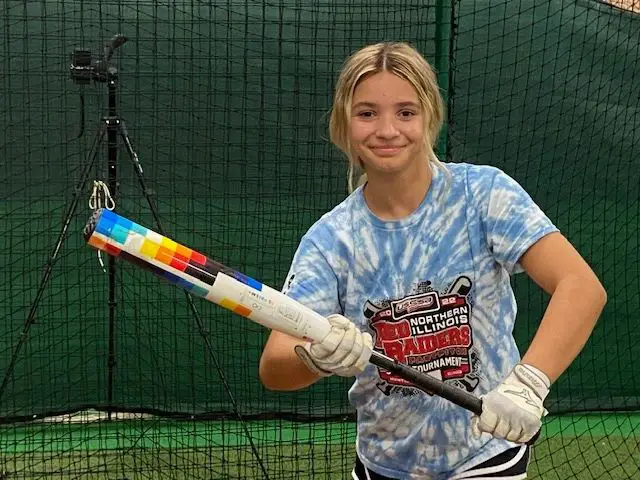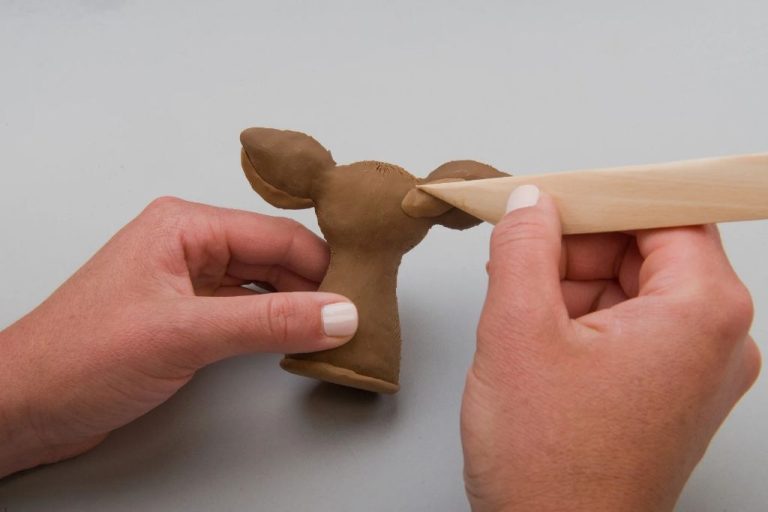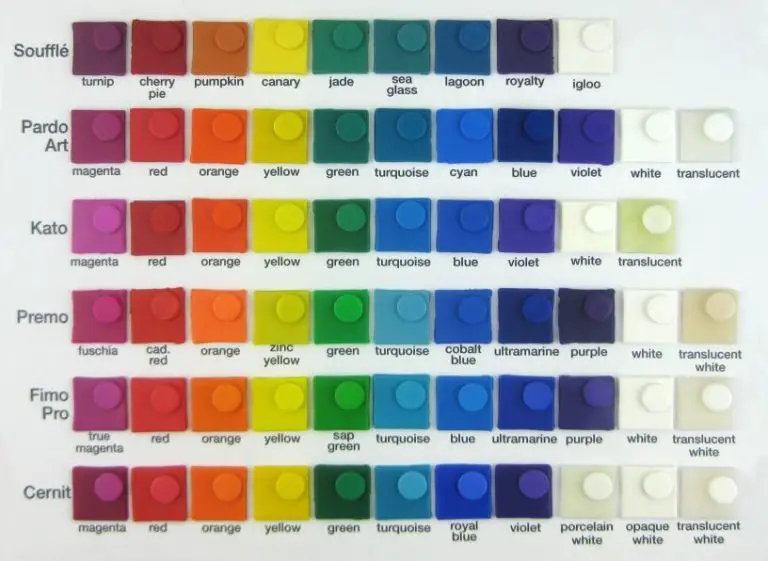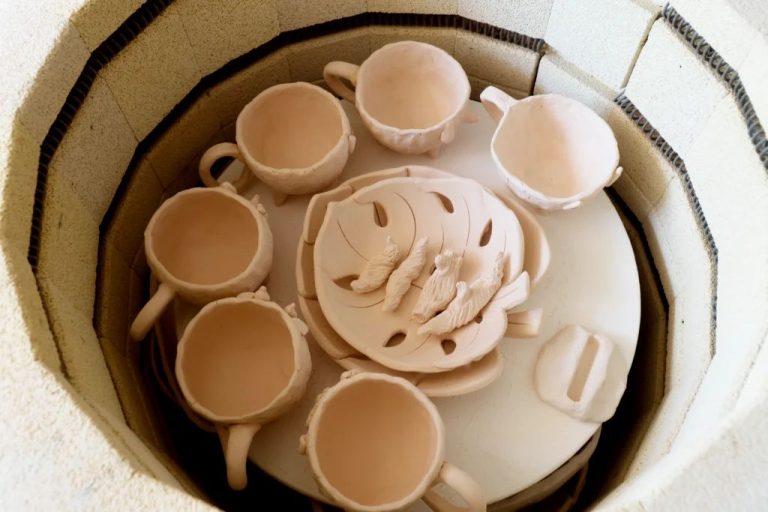Is It Good To Double Grip Your Bat?
Double gripping a bat refers to putting two grips on the handle of a baseball or softball bat. This involves adding a second grip over top of the original grip on the bat. Typically, double gripping is done by sliding an additional grip sleeve down over the existing grip. The second grip then sits on top of the first grip, essentially doubling up the thickness of the grip on the bat’s handle.
Double gripping can serve a few purposes. Some players prefer the feel of a thicker grip, as it allows them to grasp the bat tighter for more control and power. The second grip also helps absorb vibration and shock from hitting the ball, reducing sting in the hands. Additionally, having two grips allows players to rotate the bat in their hands without losing their grip mid-swing. Some players will even use grips of different textures or tackiness when double gripping.
While uncommon, double gripping is a technique used by some baseball and softball players at various levels. This involves a unique process of installing two grips on one bat handle. The technique has both advantages and disadvantages compared to a traditional single grip.
History of Double Gripping
The origin of double gripping baseball bats dates back to the late 1800s and early 1900s. According to The Evolution of the Baseball Bat, one of the first bats to feature a double grip handle was produced by Wright and Ditson in Boston in the early 1900s. This bat had a specially designed handle called a “Nap” that featured a second ring on the handle known as the “shoulder”. Players like Napolean Lajoie used these early double grip bats to achieve success in MLB. Double grip handles offered more control and leverage when swinging compared to traditional single grip knob handles.
Arguments for Double Gripping
One of the main arguments in favor of double gripping a baseball bat is that it can provide increased bat control and power. By overlapping the hands or “choking up” on the bat, the hitter can get a tighter grip and have more command over the bat throughout the entire swing.
As explained on the Baseball Fever forums, “Double gripping allows you to choke up on the bat without sacrificing hand position andextension through the hitting zone.” Having both hands closer together on the bat’s handle gives the hitter more leverage and whip-like action as they swing, generating more bat speed and power (Baseball Fever).
Double gripping can also help hitters maintain control when swinging at outside pitches. By gripping the bat tighter, they reduce the chance of the bat rolling over or dipping during contact. This leads to more solid, consistent contact and fewer weakly hit balls.
Additionally, some hitters feel they can get inside pitches better with a double grip, pulling their hands in closer to their body for quicker reaction time. The extra leverage allows them to drive inside pitches with authority.
In general, double gripping gives hitters a sense of added confidence and control in their swing mechanics. The snugger grip provides a sensation of wielding the bat firmly rather than loosely.
Arguments Against Double Gripping
One of the main downsides of double gripping a baseball bat is that it can reduce bat speed. According to research from Penn State University, a tight grip on the bat handle restricts the bat’s movement and can decrease bat velocity during the swing (https://www.acs.psu.edu/drussell/bats/grip.html). Maximum bat speed occurs when the hands and wrists are loose, allowing the bat to whip freely through the zone.
Double gripping can also lead to discomfort and affect a hitter’s timing. Gripping too tight puts extra tension in the hands, wrists and forearms, which can cause fatigue over the course of a game. It also requires the batter to exert more effort swinging the bat, which can throw off their rhythm and timing. Many coaches advise using a looser grip and letting the bat do the work in order to maintain fluidity and comfort through the swing.
Additionally, some experts believe that double gripping gives the batter a false sense of control over the bat. While it may provide some stability, gripping too tight can constrain the wrists and make it harder to adjust to different pitch locations and movement. A looser grip requires batters to rely more on their hands and body coordination to control the bat.
When to Use Double Grip
The decision of whether or not to use a double grip on your baseball bat depends on several factors including the player’s size, strength, and swing mechanics. Generally, smaller players with less hand and forearm strength may benefit from a double grip as it can provide extra support and control when swinging.
Players who struggle with bat control and have an upper hand dominant swing may also find a double grip helpful. The extra contact between both hands and the bat can improve swing mechanics. Using the lower hand in a double grip can help guide the bat through the swing plane and keep the barrel of the bat on the optimal path.
However, bigger and stronger players typically do not need the extra support of a double grip. Their hand size and strength allows them to maintain control with just their upper hand. For these players, a double grip may feel crowded or awkward. It can also slightly change the weight distribution of the bat.
Ultimately, the double grip is a personal preference based on the player’s size, strength, and swing. It’s worth trying for smaller, less strong players or those struggling with bat control. But bigger, stronger players will likely feel comfortable with a traditional single upper hand grip.
Reference:
https://www.baseball-fever.com/forum/general-baseball/baseball-101-coaching-fundamentals/84687-doubling-up-on-the-bat-grip
How to Double Grip Properly
When double gripping the bat, the key elements to focus on are proper hand placement, applying the right amount of pressure, and making adjustments to your swing.

For hand placement, some experts recommend doubling up only on the top hand grip while leaving the bottom hand in a normal position. This allows the bottom wrist to hinge freely while giving more control to the top hand.
Don’t squeeze too tightly with the top hand when double gripping. You want to apply just enough pressure to keep control of the bat through the swing. Too much tension in the top hand can restrict the wrists and reduce bat speed.
Since doubling up on the top hand changes the weight distribution of the bat, you may need to adjust your swing mechanics. Focus on keeping your top elbow up and bringing the bat head to the ball in a short, compact path. Allowing the bat to drag or get “long” through the zone can lead to mishits.
Experiment with double gripping during batting practice to find the right balance of hand pressure and swing adjustments that work for you. Consistent repetition is key to successfully implementing this grip change.
Double Grip in MLB
The use of the double grip in Major League Baseball has become increasingly popular in recent years. A 2022 study by Baseball America found that over 30% of MLB hitters now use some form of double grip at least occasionally.[1] The double grip is especially common among power hitters, with around 40-50% employing it in some capacity.
There are several reasons the double grip has become more prevalent in the big leagues. The extra leverage it provides allows hitters to generate more bat speed and hit the ball with greater authority. It also helps hitters maintain control of the bat through the entire swing path. Additionally, the double grip enables hitters to cover more of the plate and adjust to different pitch locations at the last moment.[2]
While the double grip is now common, traditional single grips still make up the majority of MLB hitters. The double grip may provide some benefits but also requires adjustments in swing mechanics that some hitters are uncomfortable with. However, its increased use indicates it can be an effective technique for certain hitters looking to add power or improve control.
Alternatives to Double Grip
For players looking for alternatives to the double grip, there are a few other options that may provide benefits:
One-Handed Grips
Using just one hand on the bat handle is a popular alternative to the double grip. The most common one-handed grips are the power grip and fingertip grip. The power grip involves wrapping all fingers of the bottom hand around the handle while resting the top hand lightly on the barrel. This generates more power by using the bottom hand to whip the bat through the zone. The fingertip grip entails placing just the index and middle fingers on the handle while the top hand holds the barrel. This grip allows for greater bat control and finesse when making contact.
Choke Up
Choking up on the bat involves sliding the bottom hand further up the handle, closer to the barrel. This shortens the length of the lever and helps players increase bat control. Choking up can be effective when needing to shorten the swing, protect the plate with two strikes, or slap the ball into play. The tradeoff is less power potential when choking up.
Trying out these alternative grips can be beneficial for certain game situations or player preferences. While the double grip remains a popular choice, one-handed grips and choking up give players more options at the plate.
Double Grip Bat Selection
When selecting a bat for double gripping, you’ll want to consider the ideal size and weight.
For bat size, a longer bat of 32-34 inches is recommended for double gripping. The extra length allows more leverage and control when choking up on the bat with the lower hand. Going too short can make the bat feel cramped.
In terms of bat weight, a drop range of -8 to -10 is ideal. This provides enough mass in the barrel for power potential while still allowing sufficient bat speed when gripping down on the handle. Excessively light bats don’t generate as much force.
Additionally, thinner handle diameters around 29/32″ tend to work best for double gripping. This lets your lower hand really choke up on the bat without it feeling too bulky.
Composite and aluminum bats with balanced or slight end-loads are preferred over fully end-loaded models. The extra weight in the barrel can make double gripping more difficult.
With the right sized balanced bat in terms of length, weight drop, and handle thickness, you’ll be able to optimize your double grip for performance.
Conclusion
In summary, there are pros and cons to using a double grip when batting in baseball. On the plus side, a double grip can provide more power and control at the plate for some hitters. It allows you to choke up on the bat with your top hand while maintaining the power of your lower hand. This can improve bat control and allow you to adjust to different pitch locations more easily. However, a double grip also has some potential drawbacks. It may limit your bat speed compared to a traditional one-handed grip. Some hitting coaches also argue it can restrict the fluidity of your swing. Additionally, it may be a harder habit to break if you later want to transition to a traditional grip.
Ultimately, the decision of whether or not to use a double grip is a matter of personal preference and comfort. Not all hitters will benefit from it equally. It requires experimentation to see if it works for your own swing mechanics and hitting style. If you do choose to double grip, be sure you are still holding the bat loosely enough to generate sufficient bat speed. Also make sure both hands are in sync throughout the swing. As with any hitting change, give yourself plenty of repetition and practice to get comfortable with the double grip before using it in games.




